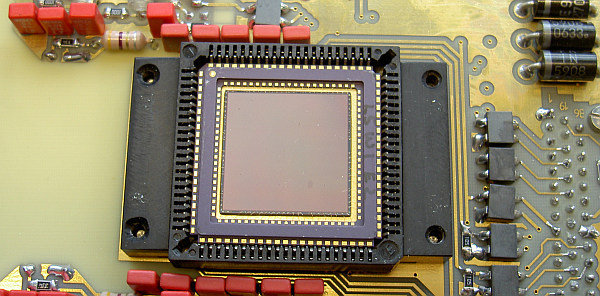
Infrared Technology
Over the course of several years of scientific and technical hardware and software development, our division has built high quality infrared camera systems for use in near-infrared (NIR) speckle imaging and NIR long-baseline interferometry.
Observations with the ESO 3.6 m and NTT telescopes in Chile, the 6.5 m MMT in Arizona, the SAO 6 m telescope in Russia, the GI2T interferometer in France, and the IOTA interferometer in Arizona have demonstrated the reliability of our NIR camera systems.
The Infrared Technology department is a member of several international consortia which develop and build instruments for the big interferometers VLTI and LBT. With our expertise in optical and near-infrared detector systems and data processing, we contribute to these projects with the development of detector systems and science software for the interferometric instruments.
Our division has managed to integrate NIR detector systems (hardware and software) into ESO standards and philosophy, providing for example the NIR detector system for the AMBER project, which is one of the first generation ESO VLTI instruments. It is followed by the second generation ESO VLTI instrument MATISSE. We are responsible for the near and mid-infrared detector systems.
One of the other exciting big telescopes and the largest Fizeau interferometer is the LBT in Arizona, USA. We contribute to two systems: the NIR detector for the fringe and flexure tracker system of the interferometry instrument LINC-NIRVANA, and the tip-tilt unit for the ARGOS laser guidestar system.